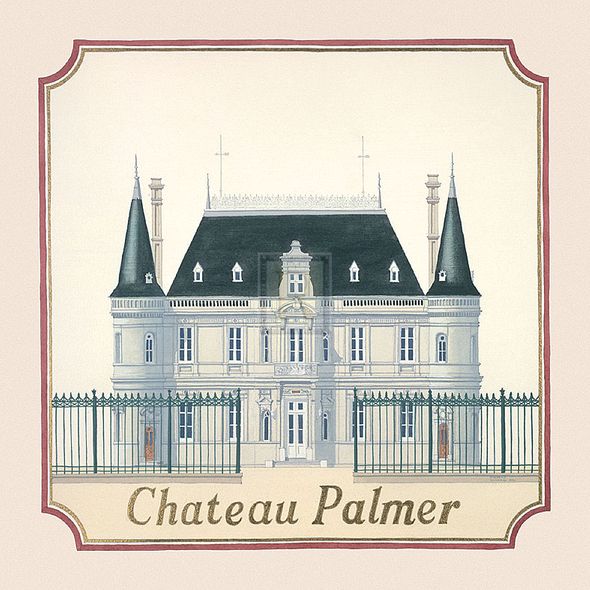
Andras Kaldor Hand Numbered Limited Edition Print on Paper :"Chateau Palmer"
Title: Chateau Palmer
Dimensions (W x H ): Paper Size: 20 x 20 in | Image Size: 20 x 20 in
Edition | Medium: Each print is hand numbered, accompanied by a certificate signed by the Master Printer and is numbered to match the print. The editions are limited to 1880 copies. |
This Gouttelette print on paper is published with light-fast inks to BS1006 Standard onto acid-free calcium carbonate buffered stock, mould-made from 100% cotton and sourced from environmentally conscious paper suppliers. This product is exclusive to Rosenstiels.
About the Art: Superior Edition
About the Artist:
Andras Kaldor was born in Budapest in 1938. In 1956 he escaped the totalitarian regime of Hungary and left for Britain. Once there, he achieved a position at Edinburgh University studying architecture, and between 1960 and 1980 worked full time in an architectural practice in London, Yorkshire and Plymouth. His hobby at this time was painting and sculpting and by 1980 these two subjects had taken over his concentration to the extent that he gave up architecture and moved to Dartmouth in order to concentrate on them full time.
His first one-man show was in the Gallery Cabaret in Villefranche-Sur-Mer, Nice, in 1981. His list of exhibitions expanded throughout the '80s to include London, Cannes, Nice, New York and various smaller local galleries. Kaldor's first exhibition of water-colours concentrated on architectural subjects and was held at the London Contemporary Art Gallery in March 1989.
Andras Kaldor attributes his enthusiasm for music to his parents and grandparents having season tickets to the Opera House in Budapest. As he was growing up he was allowed to use these tickets more and more often. His yearning for elegance, which is manifested in his love of beautiful music and architecture, was stifled during the stark concrete years of architecture in the 1960s and 1970s. There is a certain amount of pathos in his remark that "it has given me great satisfaction to paint the kind of buildings I was not called upon to design".
However, Andras Kaldor realised very quickly after his retirement that his knowledge of building was a huge asset that should not be wasted and he was soon utilising this skill and knowledge to its fullest extent in his art. To the artist, his Opera House pictures happily combined the two interests that he holds dear - the music of the grand opera and the architecture of the Grand Opera House.
In June 1989 Andras Kaldor set off round the world to tour the opera houses that he would later depict. Eight weeks and 40 opera houses later, he returned to his studio to paint the series. He has used the sketches and photos taken on his journey and tried to remain true to the proportion and intricate details of each building.












